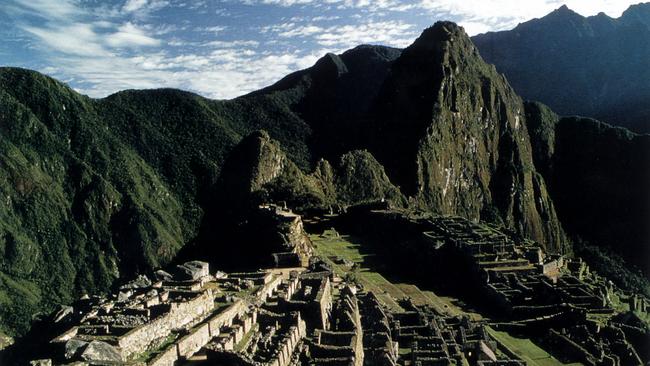Revenge of Incas was served cold
The revenge of the Incas, when it came, was terrible, bringing the Little Ice Age to Europe in the 17th century.

The revenge of the Incas, when it came, was terrible. The last king of the last Inca nation died in a town square in Cuzco. His people had held out from the Spanish for 40 years but the end had finally arrived. Amid lamentations that “deafened the skies”, Tupac Amaru was executed.
The victors, though, did not emerge as unscathed as they might have thought from the genocide they had just wreaked. In the years after Amaru’s death temperatures in Europe plunged. Across the continent livestock died in fields and the old and young perished in the worst winters anyone could remember.
They did so, new research contends, because in the indigenous towns and fields emptied by the massacre of the peoples of the Americas, vegetation had returned — and sucked up carbon from the atmosphere.
For the people of the New World, the arrival of the Europeans was nothing less than apocalyptic. After Columbus landed, the population fell by 90 per cent, with an estimated 55 million people succumbing to smallpox and conquest. So many died that European settlers could not hope to replace them.
“It was shocking,” said Mark Maslin, from University College London, whose latest research sought to provide the most definitive estimate of the effects — both human and atmospheric — of the colonisation of the Americas.
“There had been 60 million people living there, just less than Europe on 80 million. But they were probably using twice as much land to live on.”
Now all that land was fallow and nature returned. Creeping over the pyramids of the Aztec, the temples of the Maya and the mountain fortresses of the Chachapoyas, vegetation reclaimed the newly uninhabited land.
According to the calculations in his study, published in the journal Quaternary Science Reviews, 56 million hectares would have returned to jungle in the decades that followed. And, he and his colleagues contend, the carbon it sucked up may have helped cause what in Europe is known as the Little Ice Age. This period, in the middle of the 17th century, was marked by a global temperature drop of at least 0.5C, but its effects were disproportionately felt in Europe. Famine, disease and child mortality rose.
Scientists believe that this cooling can be partly explained by a decrease in solar activity and an increase in volcanic eruptions, but also that that cannot account for the whole effect. “You can put these natural processes in,” Professor Maslin said, “but you never get the right amount of cooling — it is never cold enough.”
Add in a mass-sequestering of carbon though, something that also tallies with evidence from Antarctic ice cores, and suddenly, he said, the maths works.
“You have this horrendous genocide in the Americas, which allows a huge amount of regrowth,” he said. “Lots of people had done lots of little bits on what that meant — but what we have done is put it together systematically. There is a clear causal link between the loss of people, agriculture growing back and hard winters in Europe.”
The Times


